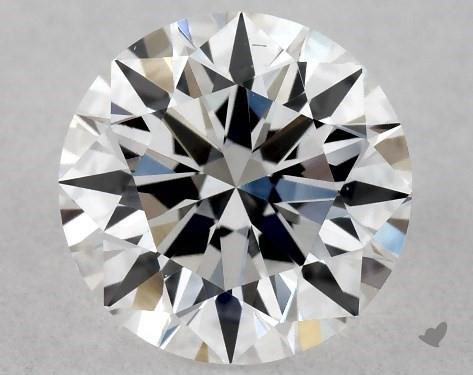Natural and Lab-grown Diamonds: When Difference Matters
Origin: A Tale of Two Sources
While science confirms that natural and lab-grown diamonds are chemically identical, they are far from being the same product in the eyes of consumers. The distinction between these two types of diamonds goes beyond their physical properties, touching upon their perceived value, origin, and investment potential.
Metaphysical Significance
The origin of a diamond carries profound connotations for many buyers. Natural diamonds, formed under the Earth’s pressure over billions of years, hold a unique allure for those who view them as rare and precious gifts of nature. These consumers are often willing to pay a premium for what they perceive as the singular, divine creation of natural conditions. Conversely, diamonds manufactured in laboratories over a few days do not evoke the same sense of rarity and mystique. For these romantic buyers, the natural origin of a diamond is crucial and must be distinctly identified.

The Ideological Divide
When purchasing diamonds, consumers are not merely buying gemstones; they are investing in ideas that resonate with their values and aspirations. Natural diamonds are often associated with timeless qualities such as eternity, exaltation, sincerity, worthiness, and durability. These attributes appeal to those who seek a sense of permanence and tradition in their jewelry.
On the other hand, lab-grown diamonds attract a different segment of the market. These consumers are often guided by modern values such as environmental consciousness, sustainability, and innovation. For eco-conscious buyers, the ethical implications of their purchase are paramount. They prefer diamonds that do not contribute to environmental harm and are recyclable, criteria that mined diamonds do not meet. Therefore, distinguishing between natural and lab-grown diamonds is essential to cater to the ideological preferences of different consumer groups.
Financial Considerations
Diamonds are not just symbols of beauty and love; they are also seen as investment vehicles. For investors, the resale value of a diamond is a critical consideration. Historically, natural diamonds have retained approximately 50% of their original value upon resale. In contrast, lab-grown diamonds have not yet demonstrated significant resale value, making them a less attractive option for investors. However, the market for man-made diamonds is evolving, and their investment potential may improve in the future. Despite this, the current disparity in resale value underscores the importance of differentiating between natural and lab-grown diamonds for financial reasons.
The Need for Clear Differentiation
The necessity to distinguish between natural and lab-grown diamonds is underscored by the unique selling points that each type offers. For natural diamonds, the allure lies in their rarity, historical significance, and perceived divinity. Lab-grown diamonds, meanwhile, appeal through their modernity, ethical production, and innovative creation process.
Marketers at companies like Madestones emphasize the importance of these unique selling points in fostering customer loyalty and satisfaction. By clearly differentiating the two types of diamonds, businesses can better align their products with the values and expectations of their target audiences. This differentiation is not merely a matter of scientific accuracy but a crucial factor in the jewelry market’s dynamics and the peaceful coexistence of both product categories.
Conclusion
In summary, while natural and lab-grown diamonds may share the same chemical composition, their value propositions are distinctly different. The origin, ideological significance, and financial implications of these diamonds play a crucial role in shaping consumer preferences and behaviors. As the market for lab-grown diamonds continues to evolve, the importance of clear differentiation will remain vital, ensuring that each type of diamond can find its place and thrive in the competitive jewelry landscape.
